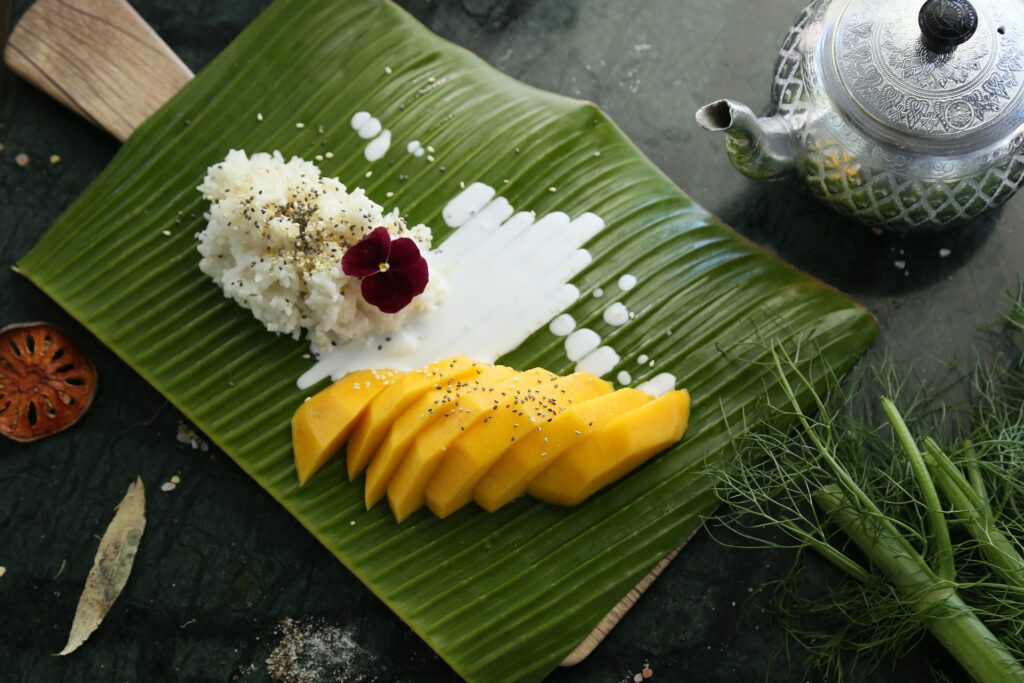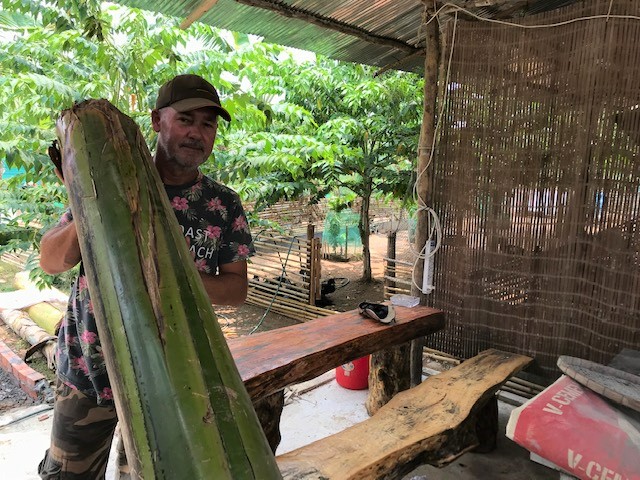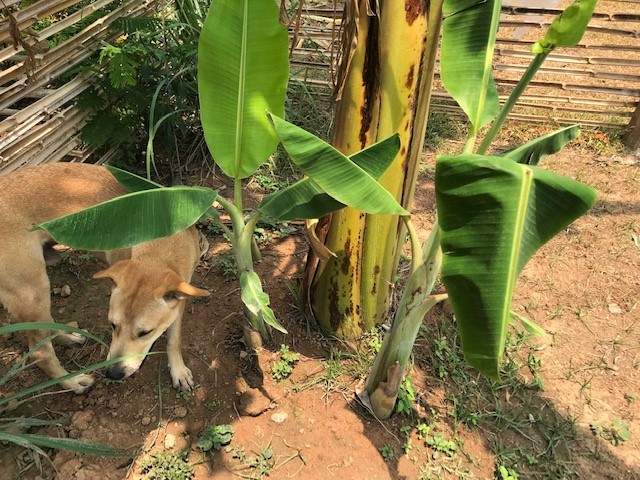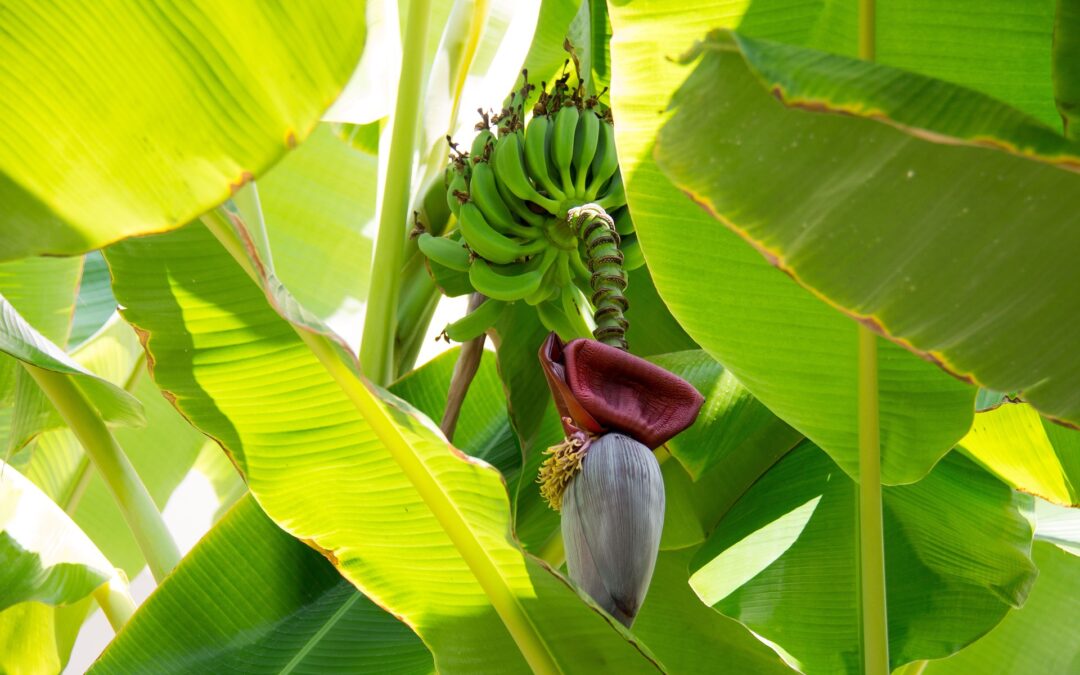The Banana Tree
The banana tree is actually a tree-like perennial herb grown in the tropics. They thrive in deep, loose, and well-drained soils. The banana is widely regarded as one of the most important fruit crops in the world and is valued worldwide for its availability and nutritional value. However, the banana tree has many other uses, not just the fruit!

The Fruit
Everybody loves bananas, especially monkeys! They are a great source of potassium, magnesium, and also vitamin C. In between meals they provide a great source of energy and will keep you going throughout the day.
Each trunk of the banana tree will yield one bunch of bananas, otherwise known as a “hand”. Once the plant has finished fruiting, it will then die back and consequently needs to be cut down. However, all is not lost, new shoots and suckers will surely have popped up around the main trunk and will continue to grow into your next crop.

Banana Flower
Otherwise known as the banana blossom, it is the edible flower of the tree. Widely used in Asian cooking it possesses a slightly sweet and flowery flavor. It is often cooked up the same way you would with vegetables. However, it is fantastic raw, especially when incorporated into a salad. In southeast Asia, banana blossom salad is very popular.

Banana Tree Leaves
Think back 100 years or so, before plastic bags were invented. The leaves of the banana tree provided a clean and natural vessel to carry food in. Here in south-east Asia, they are still used, however, plastic bags, unfortunately, are the packaging of choice.
The leaves also make for an all-natural dinner plate. Pictured below is a Thai sweet dish of coconut sticky rice and ripe mango. Beautifully presented and no washing up required!
For all you gardeners out there, banana leaves also provide a great ground cover for those vegetable beds. Wait for them to dry out and then lay them out around the roots of your plants. They will give the stems shade from the sun, whilst retaining the moisture in the garden beds. Furthermore, slowly over time, they will mulch down and become part of the soil.

Banana Tree Trunk
Once the tree has fruited the journey of the banana tree is not yet over. If you are raising livestock, especially ducks and chickens, the trunks provide a wonderful food source. Finely shred the trunks into a pulp and then mix in some rice skin and rice meal. A nourishing meal for the livestock and a cost-saving alternative for the farmer. Any leftover trunks can be put in the compost.

Plant Once and Grow Forever – The Banana Tree
As mentioned above, once you have an established banana tree, suckers, and shoots will keep popping up around the base. These are created by the rhizomes under the ground. This will continue for many years to come. These suckers or shoots can also be transplanted to other areas of the garden, allowing plenty of opportunities to grow an abundance of banana trees.

Conclusion
The banana tree is certainly one versatile tree. Here on our farm in Kep, southern Cambodia, it is highly valued and put to use every day of the week. We would love to hear of any other uses for this amazing plant, just leave a message in the comments below!
Thanks for visiting Mangoes and Mandalas! You can follow us on Instagram here or read more of our stories here!

